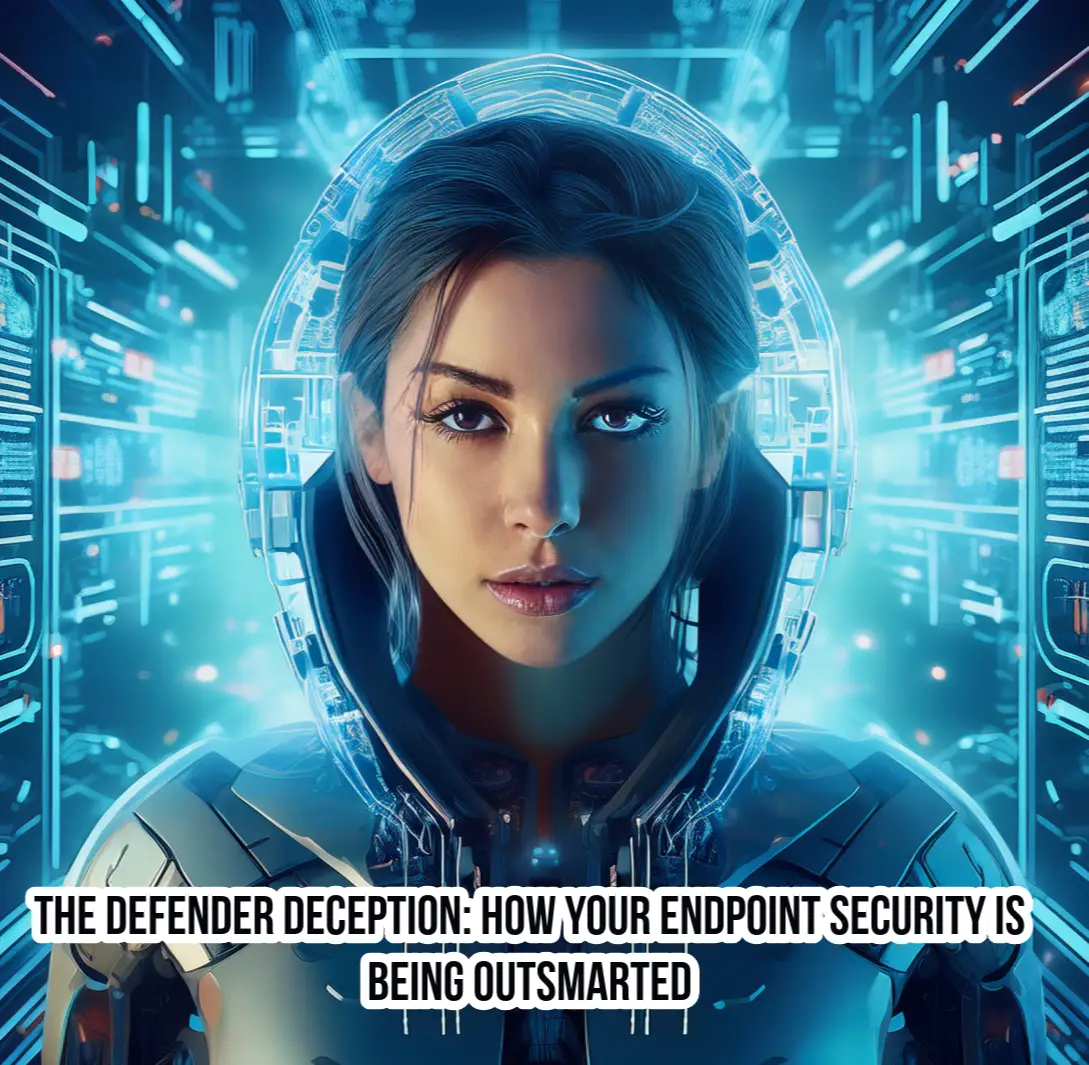
 Stealth Mode: Evading the Defenders While They Nod Off
Stealth Mode: Evading the Defenders While They Nod Off
Welcome to the golden age of illusion.
The dashboards are green, the alerts are quiet, and the EDR is “working” — at least, that’s what it wants you to believe.
Meanwhile, attackers stroll through your systems like uninvited guests at a high-society ball.
The Security Theatre We Call EDR
Despite the fanfare around Next-Gen Antivirus and Extended Detection and Response (XDR), real adversaries aren’t impressed. Especially not in Australia, where enterprises are rapidly adopting EDR like it’s a silver bullet for cyber risk.
Spoiler: it isn’t.
Enter Zig Strike — a red teaming toolkit dressed in the fine tailoring of a memory-safe language. It doesn’t knock. It doesn’t break.
It walks in quietly, takes what it wants, and vanishes before your SIEM even yawns.
 What Zig Strike & Friends Are Doing That Your Tools Aren’t Catching
What Zig Strike & Friends Are Doing That Your Tools Aren’t Catching
- Injecting shellcode without touching the usual red-flag APIs
- Hiding payloads in legitimate memory segments, like polite malware houseguests
- Hijacking processes while mimicking normal behaviour (good actors, bad intentions)
- Using Excel Add-ins (XLL) and OneNote payloads to bypass Defender
- Killing EDR agents from the kernel with signed-but-vulnerable drivers (BYOVD, anyone?)
- Abusing cloud EDR consoles to uninstall agents remotely — no host access needed
- Bypassing SmartScreen protections with files that even your mother would trust
 Threat Detection vs Breach Detection: The Ballroom vs the Back Alley
Threat Detection vs Breach Detection: The Ballroom vs the Back Alley
Threat detection: You wait for something suspicious to happen and hope your tools see it.
Breach detection: You assume the butler is already missing and start dusting for fingerprints.
Let’s not kid ourselves:
You can’t detect what your tools don’t see.
You can’t trust what your tools no longer control.
That, dear reader, is why your cybersecurity strategy must evolve.
The Illusion of Protection: A Most Dangerous Delusion
Things that appear to be working:
- EDR agents (green in dashboard, blind in memory)
- AV scanners (alerting on test files, ignoring shellcode)
- Cloud policies (technically applied, effectively useless)
Modern attackers don’t break your tools.
They let them pretend they still work.
 So, What’s a Sensible Organisation to Do?
So, What’s a Sensible Organisation to Do?
- Validate, don’t assume.
“Running” ≠ “Protecting.” - Add breach detection.
Forensics, not faith. - Monitor the watchers.
If telemetry stops or agents go quiet, that’s not serenity — it’s sabotage. - Harden the agents.
Don’t let users (or attackers) uninstall your last line of defence. - Think like an attacker.
Would you block EDR via firewall rules? They would. And do. - Rehearse disaster.
Run tests. Disable things. Hide payloads. Then check if your tools care.
 The Grand Finale: Stop Trusting Appearances
The Grand Finale: Stop Trusting Appearances
EDR in Australia is reaching maturity — but maturity without paranoia is just complacency in a suit.
We don’t need more tools.
We need fewer assumptions.
Your EDR solution isn’t special. It’s just software.
And unless you validate it regularly, it may be your biggest liability in disguise.
 Eclipse.XDR: Real Detection. Real Defence. Real Results.
Eclipse.XDR: Real Detection. Real Defence. Real Results.
At CyberStash, we don’t just deploy controls — we break them on purpose. Then we tell you what actually works.
Our Advanced Threat Detection Service and Managed Detection and Response solution doesn’t just check boxes. It hunts ghosts. And finds them.



Because in this game, the enemy is already inside.
And your tools may be too polite to mention it.